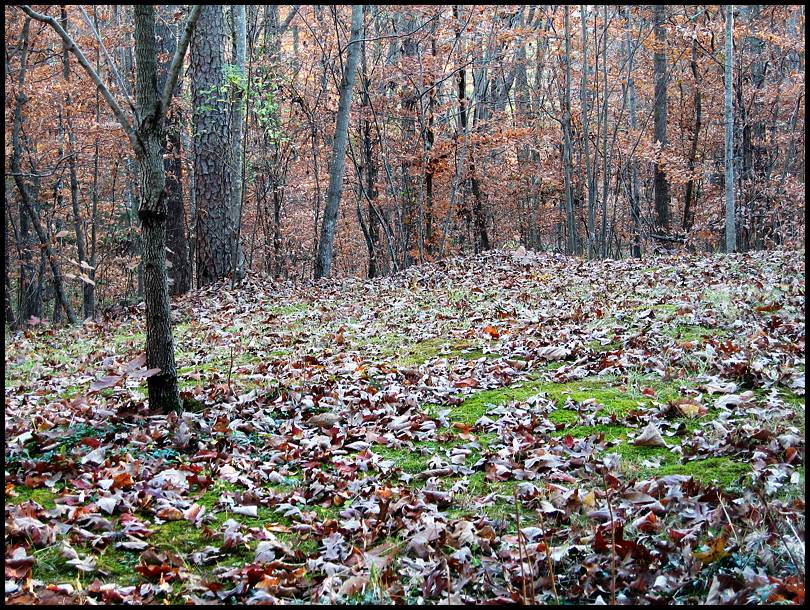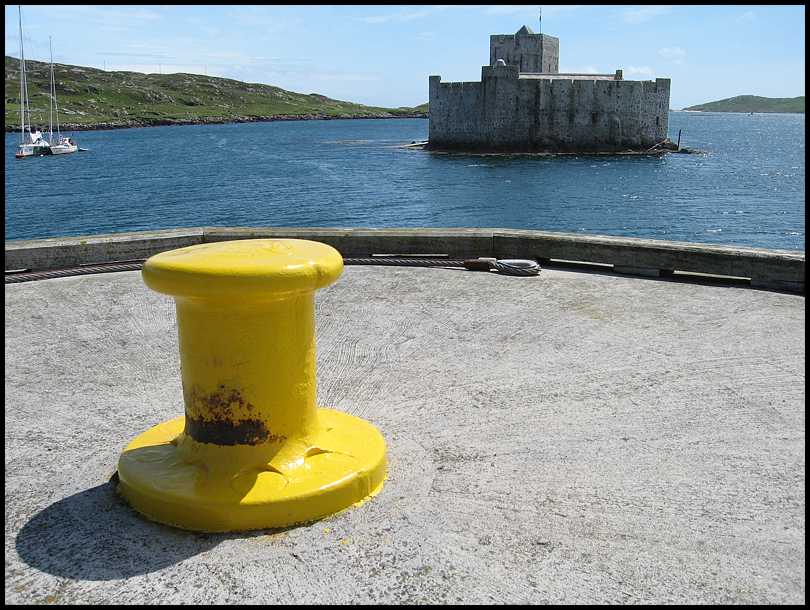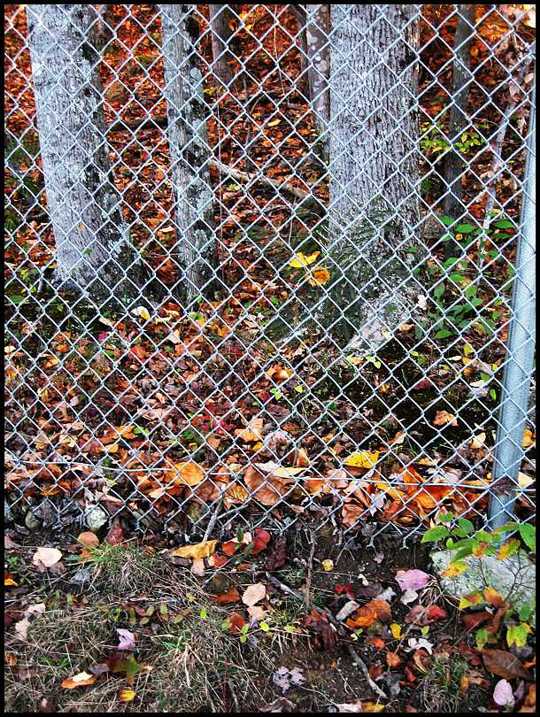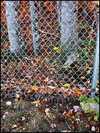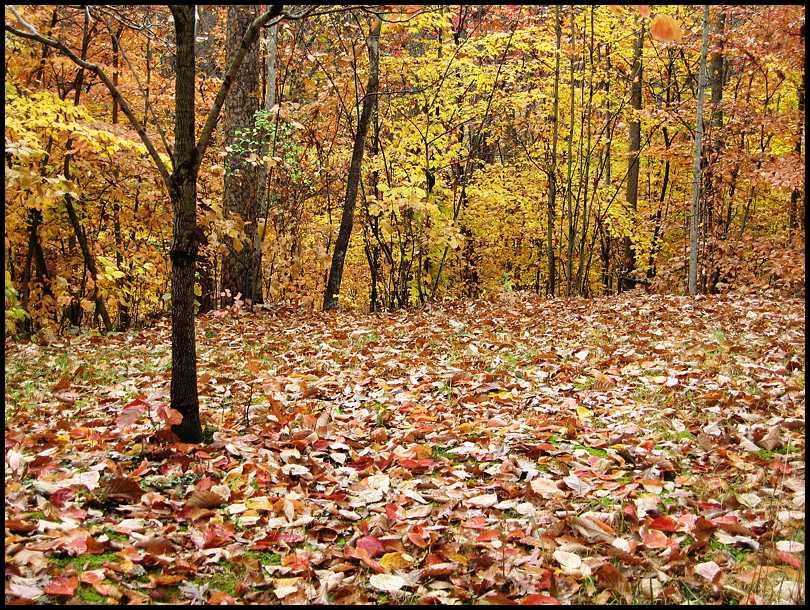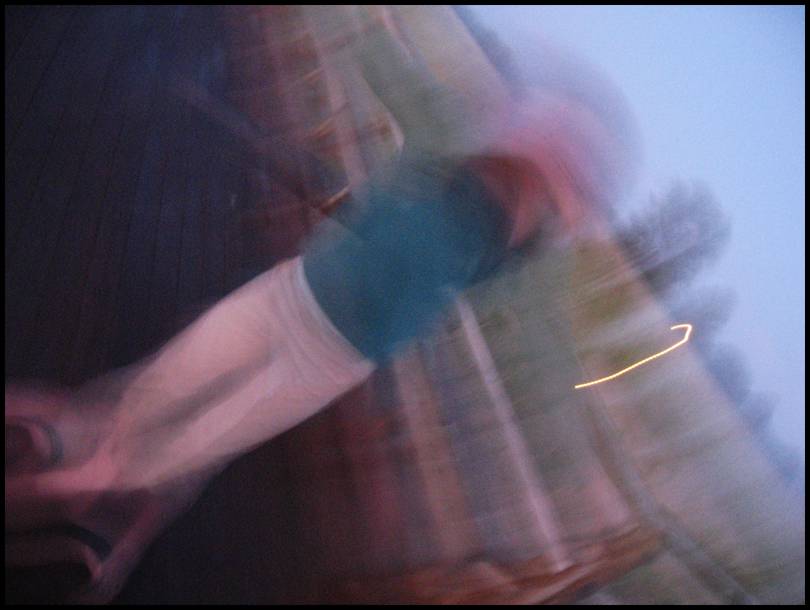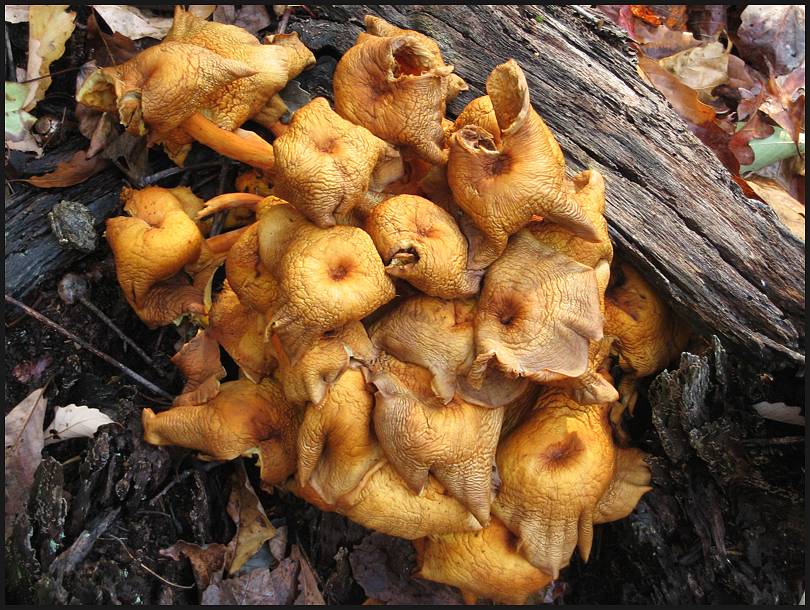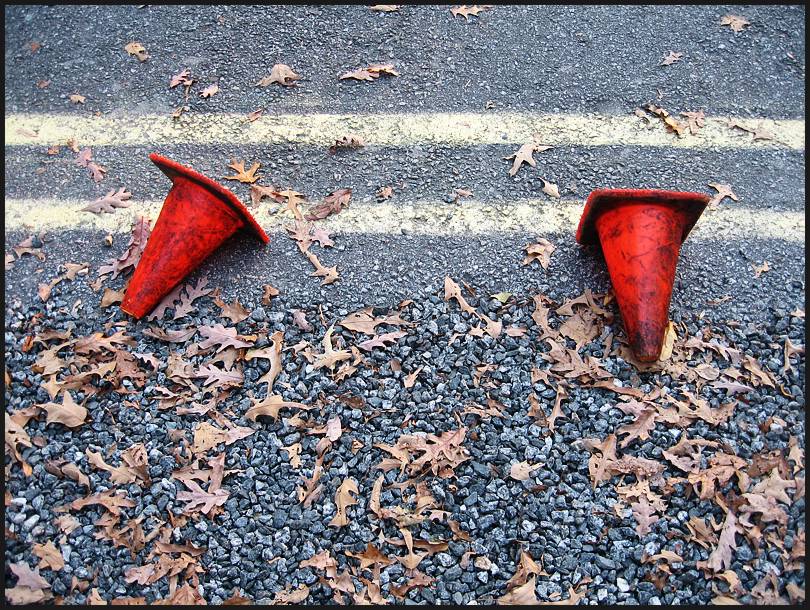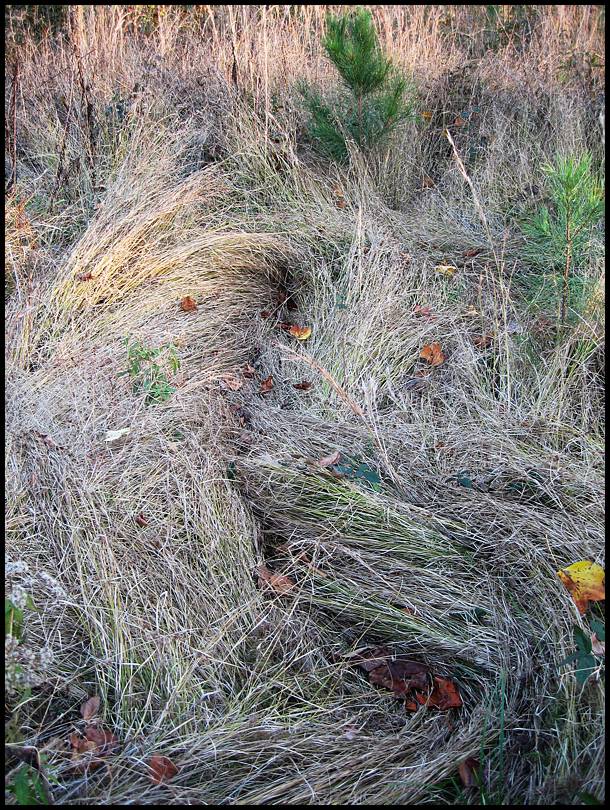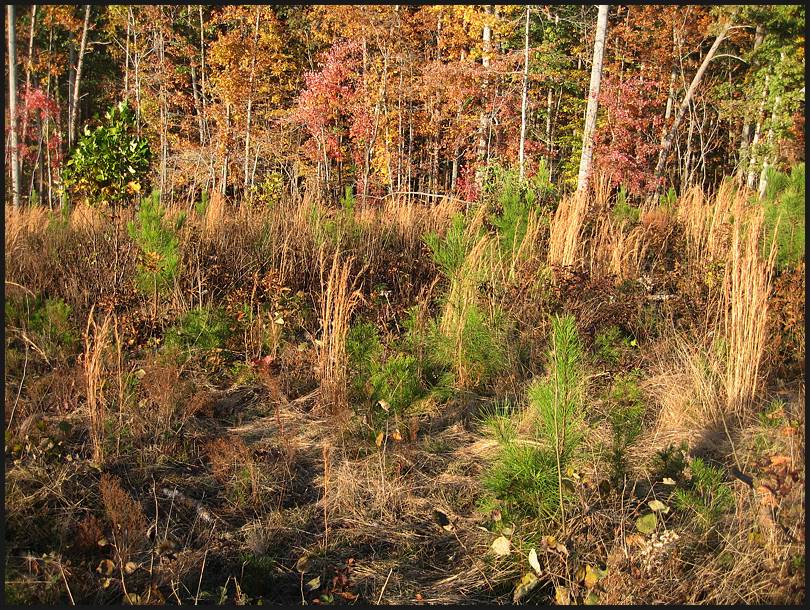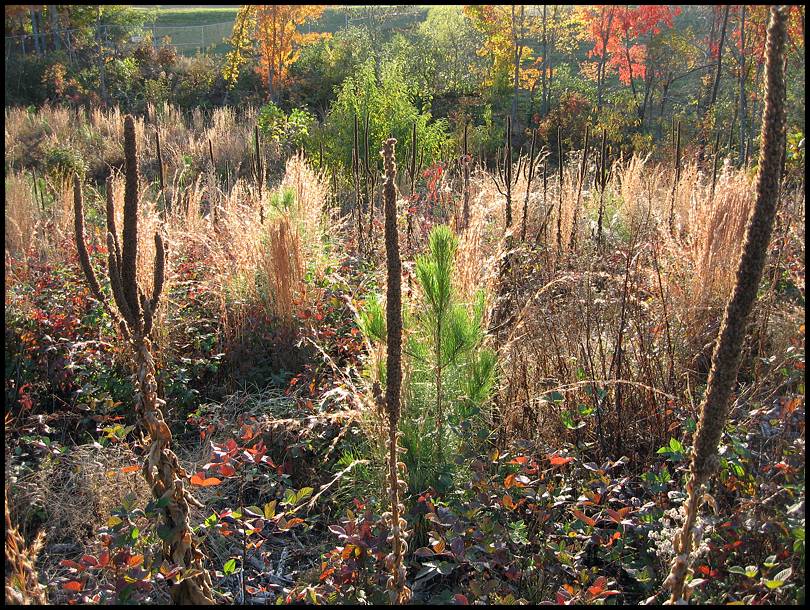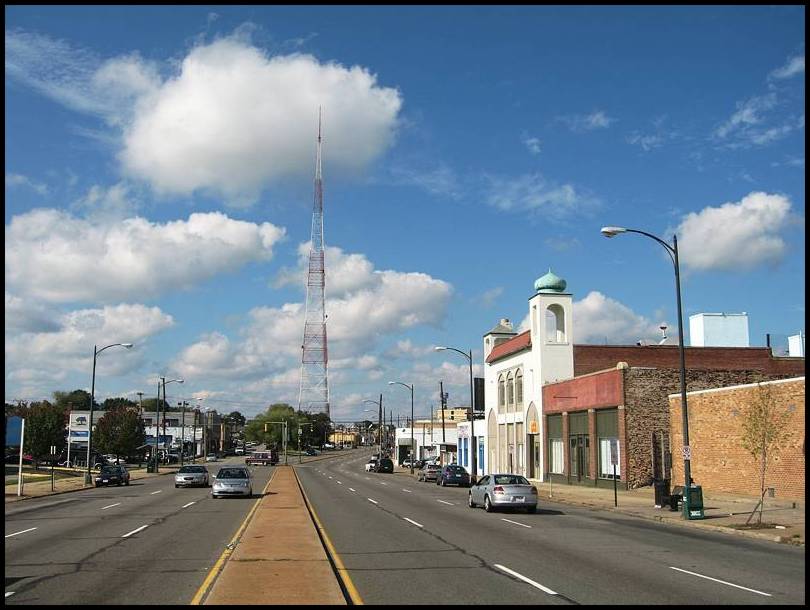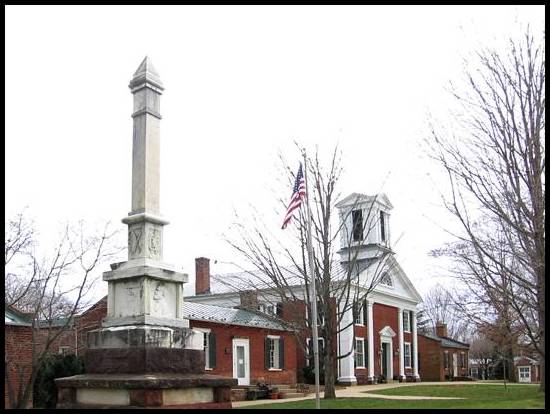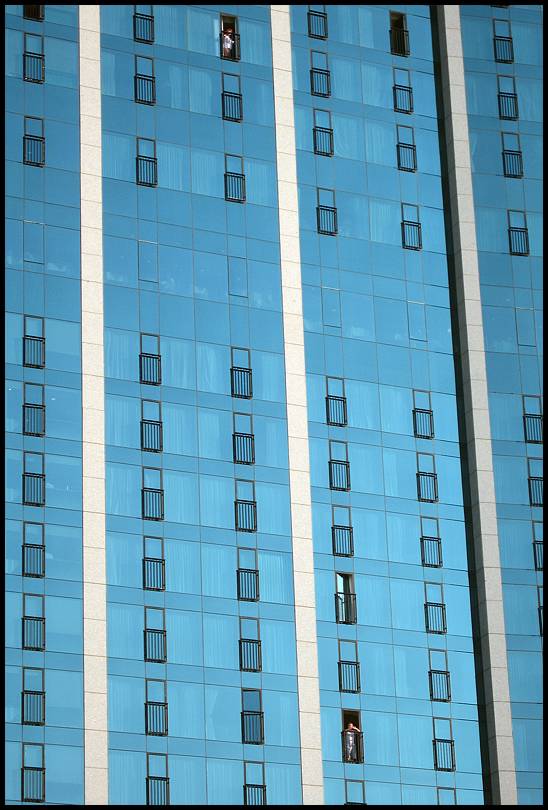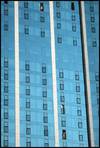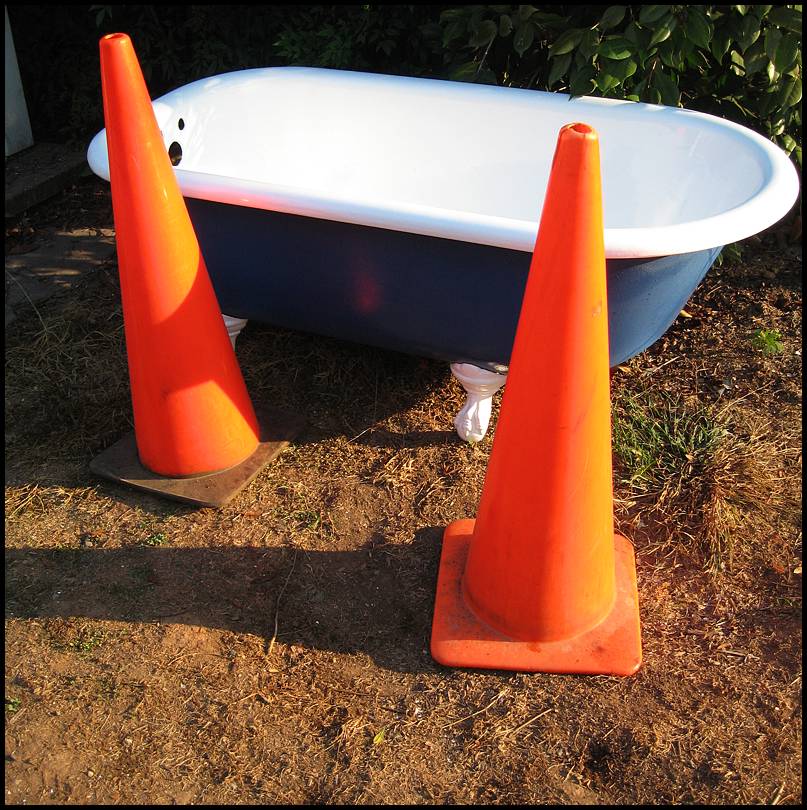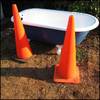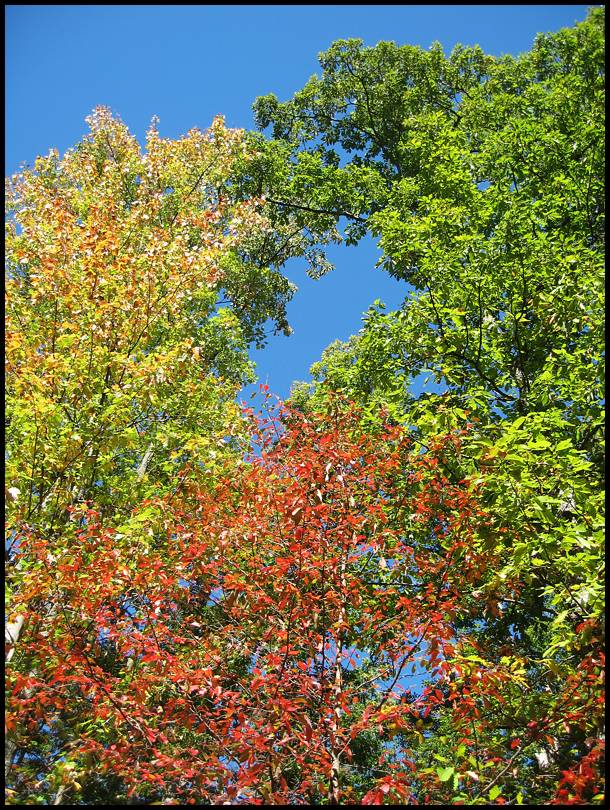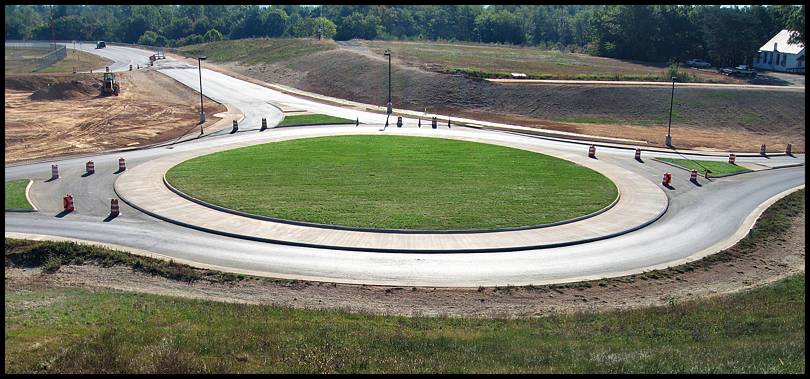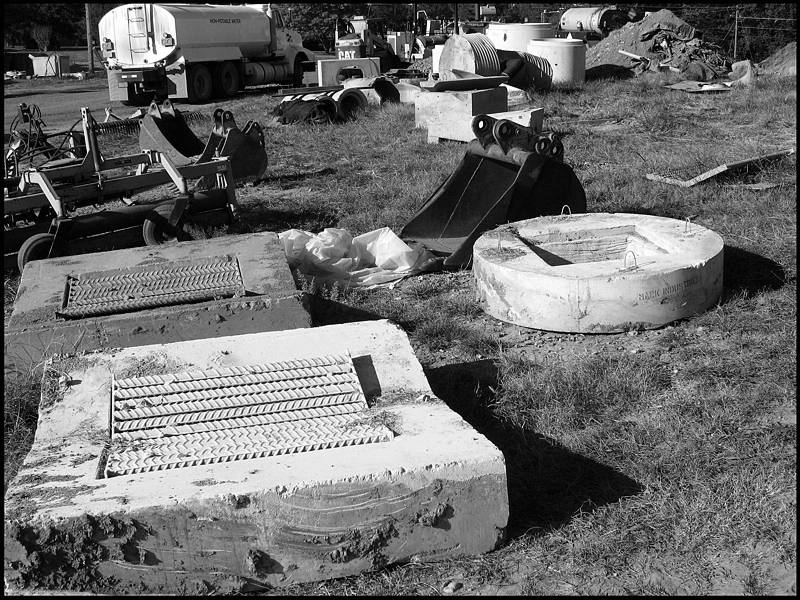the truth of the matter is...
 Tuesday, November 27, 2007 at 10:25PM
Tuesday, November 27, 2007 at 10:25PM 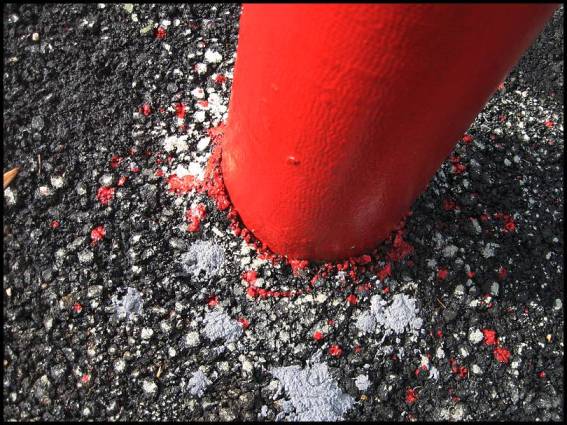
Let's play tag:
This article was reported here, and then questioned about here. So I'll put in my for what it's worth here.
Beckerman's article doesn't ask me to question what we photograph, as Colin has wondered, as much as it makes me painfully aware of the limitations of still photography. How can we hope to contain a lifetime in a single frame? Or for that matter, in even a series of stills? The cinema has a hard enough time even with showing us 90 - 180 minutes worth of still photographs that include sound to help paint the picture. Even then the standard Hollywood biopic usually gets it horribly wrong.
Where is the truth in this medium of manipulation? I tend to believe that this problem of exclusion is so much worse when portrait photography is the subject under discussion. Fundamentally I don't "get" this kind of photograph. What can I learn from a single photograph, even when it has the power of an artist such as Avedon, or Defarmer behind it? There are surface appearances which through accumulation and repetition - I think of Sander - give us generalities about the human condition. But never the specifics of a lifetime, even when they're as graphic as the photographs of Eugene Richards. I know I'm being a philistine about this. And it's why I photograph the landscape. The story of which can never be told in a photograph unaccompanied by words either.
Photography ultimately deals in surface impressions. There is not much weight, or depth, to what it shows. There is really no substantive element to photography. It is fine for making a joke or showing black and white contrasts between opposing elements, either within the frame or within the consciousness of the viewer. But to tell me the "truth" about a life, I need biography or a passport to accompany someone through their life.
But I'll probably change my mind next week.


